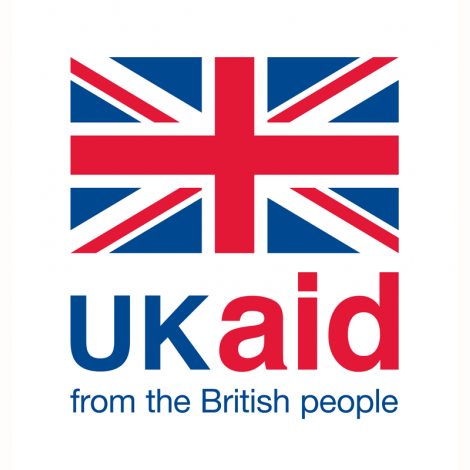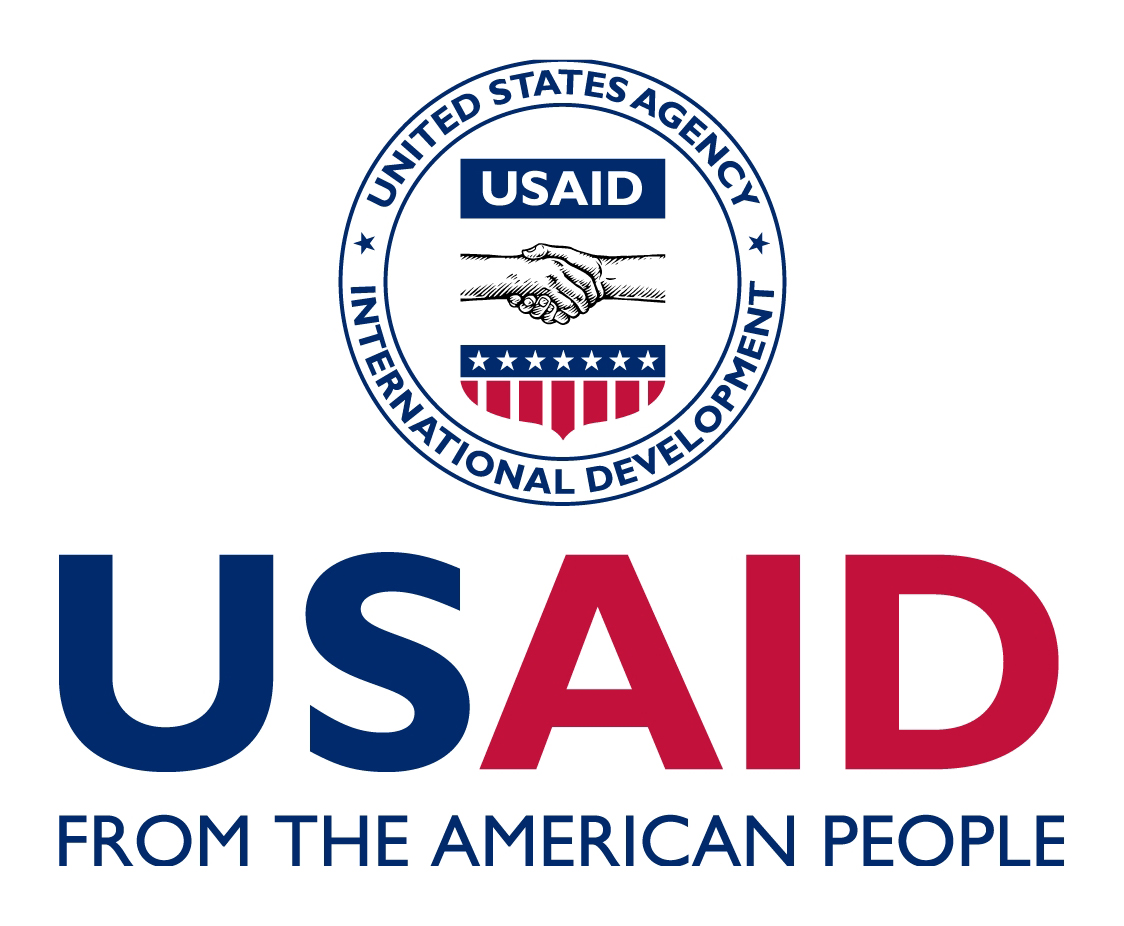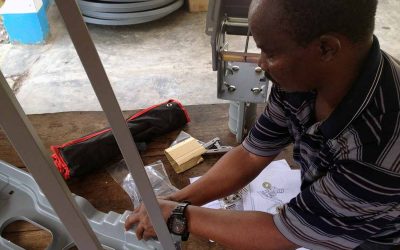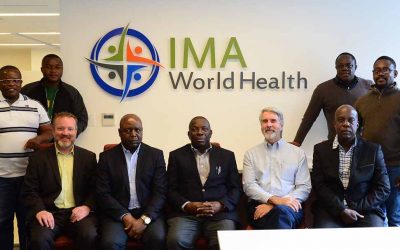ASSP Staff Enlisted To Aid In Response To Ebola Outbreak In DR Congo
An electronic database for Ebola Response
Written by Linda James
IMA World Health
Four members of staff from the UK’s Department for International Development bilateral health program in the Democratic Republic of Congo, Accès Aux Soins de Santé Primaires, have been requested by the Ministry of Health to support critical Ebola data-visualization work as part of the response to the current outbreak in western DRC.
This work includes support to set up the electronic database—as part of the national DHIS2 system—to capture patient and contact data, and to monitor and evaluate information as it becomes available through data dashboards.
The DHIS2 health information system was introduced to DRC through ASSP in 2014 and by December 2016 was used by all 516 health zones for routine data collection. ASSP, also known as the Access to Primary Health Care project, supports nearly 9 million people across 52 health zones in five Provincial Health Divisions: Kasai, Kasai Central, Nord-Ubangi, Maniema and Tshopo. In collaboration with the Ministry of Health, IMA works alongside partners SANRU, Pathfinder, Tulane University, IntraHealth, HISP and BAO Systems to reduce morbidity and mortality in women and children under 5 by strengthening the national health system.
Since the World Health Organization reported the start of the outbreak on May 10 in Equateur province, there have been at least 39 cases reported, including 19 deaths. Since then, the Ministry of Health determined the outbreak has spread to the Wangata health zones, which includes Mbandaka, a densely populated city that lies on the Congo River.
IMA has worked in close concert with the DRC’s Ministry of Health, faith-based organizations and networks, civil society organizations, and international health agencies to confront and control nascent Ebola outbreaks since 1995.
ROUTINE DATA
Real-time data sourced from the DHIS2 data management system on the number of children who completed the nutrition program in ASSP-assisted health areas from 2014 to 2018.
DHIS2
Learn more about how ASSP helped the MOH improve routine health data by implementing DHIS2 in its health zones and beyond.
read more about our work to Implement DHIS2
Publications
London School of Hygiene & Tropical Medicine Health Policy and Planning: How the introduction of a human resources information system helped the Democratic Republic of Congo to mobilise domestic resources for an improved health workforce (link)
ASSP Project Ensures Health Zones Stay Connected In DR Congo
Who knew that working with information management systems would require the skills of an...
Creating a national health information system in DRC
IMA World Health has been working with the Ministry of Health in the Democratic Republic of Congo,...
IMA Supports Human Resources Development for the Health Sector in DRC
Yesterday IMA DRC’s ASSP Project took a giant step forward in honoring its commitment to support...
QUICK CONTACTS
Recent Posts
Quarter 1 Results
Number of pregnant women who received three doses of IPT while attending antenatal care: 58,495Number and percentage of 1-yr-old children vaccinated against measles: 78,123Number of Couple Years of Protection (CYPs) achieved through family planning service provision:...
Saved by my Son: A Tushinde Ujeuri Success Story
"The support from the Tushinde program has restored my will to live." Tushinde Ujeuri Project brings hope to one survivor of sexual and gender-based violence in DRC It was mid afternoon, and my 10 year-old son and I were walking home from working in the fields. When...
Combatting Malnutrition in DRC: A Nutrition Success Story
Community relays in Ndesha, Kasai Central are successfully combatting malnutrition in the DRC thanks to ASSP's nutrition training. Combatting Malnutrition One Maman at a TimeMado Betu was a young child of two years and four months but was frail and unable to walk when...





